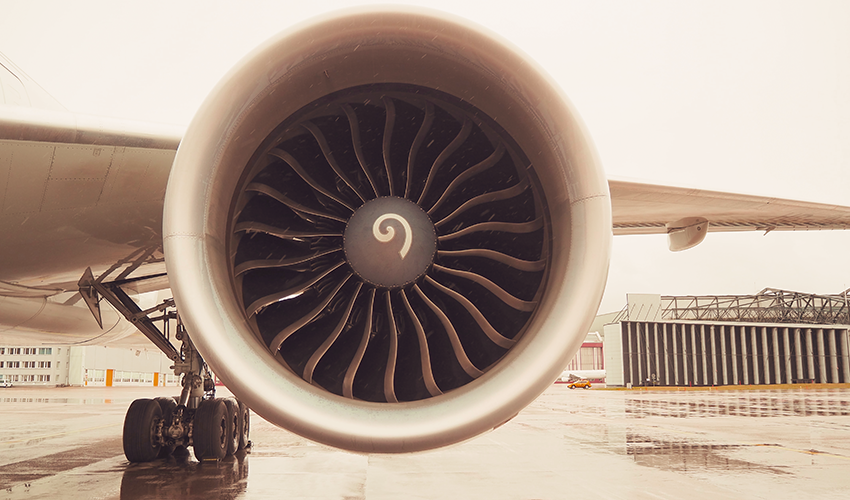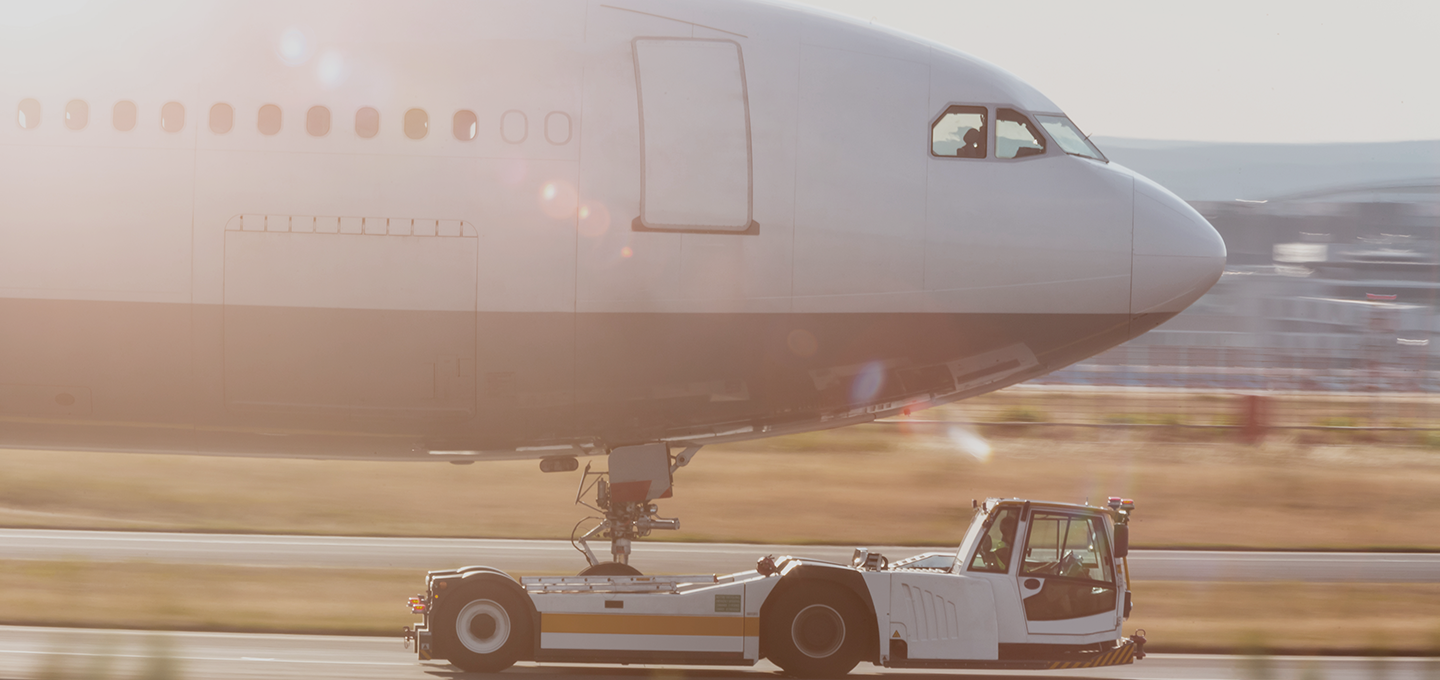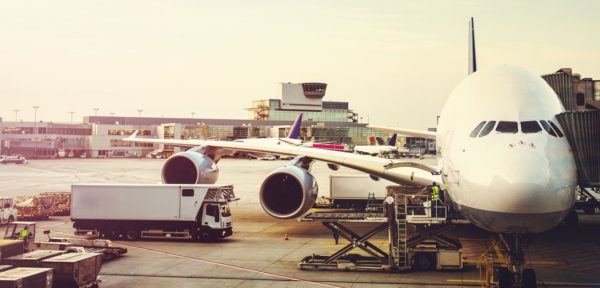Airports are more attuned than ever to reducing their carbon footprint. They are focusing on minimizing fuel consumption, unnecessary trips of ground handling vehicles, and increased use of advanced technologies to support these goals. Optimization software, driven by Artificial Intelligence (AI), Machine Learning (ML) and proprietary algorithms is proving a dynamic resource in facilitating sustainable aircraft towing.
What is sustainable aircraft towing?
To understand what sustainable aircraft towing is, one needs to know the environmental impact of aircraft towing systems. Did you know that a recent report by Shell in conjunction with Deloitte titled, “Decarbonizing Aviation: Cleared for Take Off,” found that in 2019, before the pandemic, the aviation industry was responsible for approximately 3% of all global CO2 emissions? The report also projected that figure to increase 22% by 2050.
While sustainable aviation fuel, alternative energy sources, and hybrid engines are all part of the solution to reduce the industry´s carbon footprint, they are not the entire answer. A sustainable aircraft towing process sees an airplane being taken to and from the runway by a special towing vehicle whereby the airplane´s engines stay largely switched off. Trials have shown that the use of special towing vehicles can help to reduce fuel consumption during taxiing by around 50%. What are some examples of these vehicles?
Welcome the TaxiBots
One way airlines are lowering their fuel consumption and greenhouse emissions is through the use of TaxiBots. These semi-robotic tow vehicles are controlled by an aircraft’s pilot as an aircraft is towed from the terminal/gate to the runway and back. Indira Gandhi International Airport (IGI) in Delhi, India was the first to complete 1,000 movements using TaxiBots.
Another airport which is using TaxiBots is Frankfurt Airport. In application, the TaxiBot performs a pushback operation (i.e., an aircraft is pushed backwards away from the airport gate by an external system), which is followed by the aircraft’s immediate taxiing (i.e., wherein the aircraft’s own propulsion system is used to move the aircraft while on the runway) to reduce gate area bottlenecks. Next, after the taxiing and the engine is stopped, the engine is again restarted before take-off for its required warm-up.
As one can imagine, the taxiing process consumes large quantities of fuel and causes high CO2 emissions. Through TaxiBots, airlines can both reduce their carbon footprints, as well as air and noise pollution, and generate considerable savings.


Electric and autonomous vehicles
Another way airlines and airports are promoting more sustainable towing is through the use of autonomous vehicles, including those involved in baggage handling, docking of jetways, fueling trucks, and steering passenger and cabin crew buses. These autonomous vehicles rely on AI-driven optimization software and telematics to support their reliable, safe use.
Autonomous vehicles are being hailed for their value in addressing labor shortages, providing 24/7/365 availability (except for when the vehicles require maintenance), and supporting sustainable operations. These range from baggage transport and providing greater support to passengers with reduced mobility via autonomous wheelchairs to supporting apron operations. Regarding the latter, the German Airport Technology & Equipment (GATE) Association is focusing on new ways to promote autonomous driving on the apron.
Airbus is another organization focusing on alternative vehicles such as semi-robotic and hybrid towing vehicles to support aircraft taxiing. A hybrid engine, using diesel-electric power, enables the pilot to control the aircraft from the cockpit for its taxi-in and taxi-operations and does not require the use of the jet’s engines for travel to and from the runway. Besides the fuel savings and the reduced emissions, these hybrids also reduce an engine’s Foreign Object Debris during the taxiing operation by up to 50%.
Additional technologies for greener aircraft towing
Other disruptive technologies are being introduced to promote sustainable aircraft towing. One especially notable is a new ground vehicle technology system introduced by Aircraft Towing Systems Worldwide, LLC (ATS).
The fully-automatic ATS system uses an electric-powered pull car/tow dolly which rides on a monorail underground and pulls the aircraft from the runway to the gate and back. It has already proven to save fuel, reduce emissions, enhance air quality, lower noise levels, extend aircraft engine and component life, and promote safer taxiing operations. In addition, the system supports higher capacities without requiring airports to add gates, they are not the entire answer.
Advanced software improving pushback tracks management
Optimization software is also proving instrumental in the planning of ground support equipment including autonomous vehicles. Through optimum planning and real-time allocation of resources, optimization software helps reduce the unnecessary use of passenger transport buses, catering vehicles, and ground support equipment such as tugs, dollies, and high loads. This, in turn, ensures that vehicles are used in the most efficient way and that fuel consumption as well as carbon emissions contained.





0 comments on “Sustainable Aircraft Towing: Where Do We Stand?”